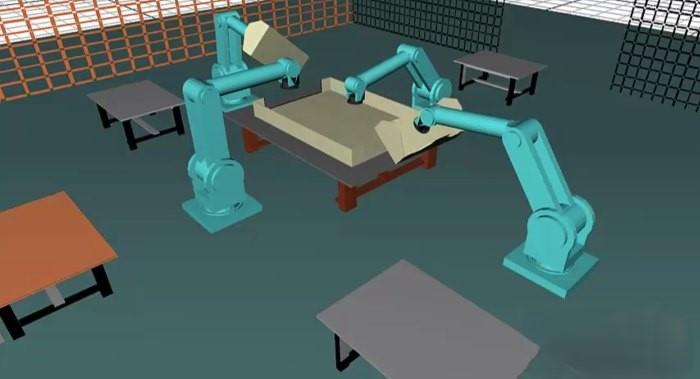The Future is Simulated: Key 3D Simulation Software Market Trends

The future trajectory of the 3D Simulation Software Market Trends is being charted by a series of groundbreaking innovations that are poised to make the technology smarter, faster, and more deeply integrated into the entire product lifecycle. These emerging trends are moving simulation from a tool for expert analysts to an intelligent partner in the creative process. As these innovations mature, they will continue to propel the market's explosive growth towards its projected USD 33.87 Billion valuation by 2034, which is expected to be driven by a powerful 17.20% CAGR. The most transformative trends that are defining this future include the deep fusion of artificial intelligence and simulation, the rise of real-time simulation and interactive physics, and the development of collaborative, cloud-native platforms that will redefine engineering workflows.
The most profound trend shaping the future of the market is the integration of artificial intelligence (AI) and machine learning (ML). AI is being used in several revolutionary ways. One is to create reduced-order models (ROMs), where an AI learns the behavior of a complex simulation and can then predict its results almost instantaneously, drastically reducing computation time. Another exciting application is in generative design. In this paradigm, an engineer simply defines the goals and constraints for a part—such as its weight, strength, and material—and the AI algorithm then autonomously explores thousands or even millions of possible design permutations to find the optimal solution, often creating novel, high-performing shapes that a human designer would never have conceived. This partnership between human ingenuity and machine intelligence is set to revolutionize the design process.
Another key trend is the push towards real-time simulation. Traditionally, running a high-fidelity simulation could take hours or even days. However, advances in GPU computing and solver technology are making it possible to get simulation results in real-time or near-real-time. This opens up a world of new possibilities. It allows designers to get immediate feedback on their design changes, creating a much more interactive and intuitive workflow. It also enables the use of simulation in new applications, such as interactive training simulators for surgeons or pilots, where the virtual world must react instantly to the user's actions. As real-time simulation becomes more widespread, it will further blur the lines between the digital design environment and the physical world, making the process of engineering more fluid and dynamic.
Finally, the future of simulation is collaborative and cloud-native. The next generation of simulation platforms is being built from the ground up to run on the cloud, allowing engineering teams that are distributed across the globe to collaborate on a single, shared model in real-time. This browser-based approach eliminates the need for powerful local workstations and complex software installations, making it much easier to deploy and manage. It creates a single source of truth for all simulation data, ensuring that everyone is working with the latest information. This shift to collaborative, cloud-native platforms will break down the traditional silos between design, simulation, and manufacturing, paving the way for a more integrated, agile, and efficient product development process that will define the future of engineering.
Explore Our Latest Trending Reports:
Online Trading Platform Market
- Memes & Cultura da Comunidade
- Artigos e Análises
- Pessoal
- Oportunidade
- Projeto
- Conhecimento
- Dúvidas & Pedidos de Ajuda
- Reflexões & Opiniões
- Tendências
- Spellen
- Lançamentos & Anúncios
- Saúde & Bem Estar
- Eventos & Convites
- Conteúdo Técnico
- Entretenimento
- Networking
- Festas & Festivais
- Religião
- Iniciativas de Impacto


